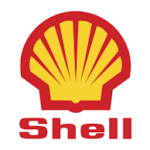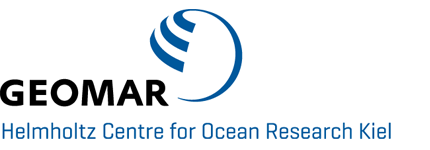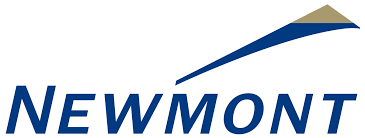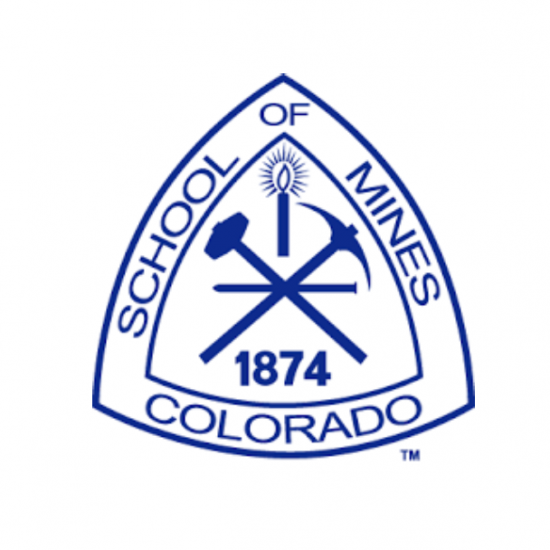Colorado School of Mines is in collaboration with a number of important industry corporations on a wide variety of electromagnetic projects.
Calculating the effect of steel borehole casings on electromagnetic data:  In a development or production environment, the presence of steel borehole casings can severely distort electromagnetic fields measured during an electromagnetic survey. This project develops quasi-analytical and numerical methods to predict the electromagnetic effect of a set of well casings; the energy industry will directly benefit from this work by an improvement in reservoir characterization using electromagnetic methods. It is funded by Shell International Exploration and Production Inc. and fully supports Colton Kohnke for his MS thesis.
In a development or production environment, the presence of steel borehole casings can severely distort electromagnetic fields measured during an electromagnetic survey. This project develops quasi-analytical and numerical methods to predict the electromagnetic effect of a set of well casings; the energy industry will directly benefit from this work by an improvement in reservoir characterization using electromagnetic methods. It is funded by Shell International Exploration and Production Inc. and fully supports Colton Kohnke for his MS thesis.
Characterizing powerline anomalies in airborne electromagnetic surveys and their implications for geologic mapping: Man-made cultural objects such as powerlines have adversely affected airborne electromagnetics (AEM) for a long time. Traditional AEM processing removes affected data in a brute force manner, creating blank areas in both the dataset and in the inverted resistivity profiles. These blank sections on resistivity profiles create discontinuities in the mapping of geologic features and vital structure is often lost. It would be more ideal to make some use of powerline affected data, but this requires a good understanding of its origin. Through empirical examination we have begun classifying powerline noise and its variability, with the goal of creating a powerline noise removal scheme to ultimately utilize the adversely affected data. This project is being carried out in collaboration with Paul Bedrosian from the USGS Crustal Geophysics and Geochemistry Program (Energy and Minerals) and forms the basis for Ben Bloss’s MS thesis.

Seafloor mineral exploration using transient electromagnetics: Global demand for metal resources is rapidly growing, driven by the development of the third world and society’s ever-increasing dependence on technology. At the same time, the world’s known metal resources are being depleted by mining, and few regions on the Earth remain unexplored. The ocean floor has tremendous potential to provide metal resources. Seafloor massive sulfide (SMS) deposits form at hydrothermal vent sites on the ocean floor and can contain economic resources of base and precious metals including Zn, Cu, Ag, and Au. SMS deposits can be detected using electromagnetic prospecting techniques originally developed for land exploration. The theoretical development of these techniques has led to the construction of a seafloor transient electromagnetic system by Marion Jegen and Sebastian Hölz at the Helmholtz-Zentrum für Ozeanforschung Kiel (GEOMAR). This system and other geophysical methods for SMS exploration were tested for the first time offshore from Italy on a known mineral deposit in March 2015, and a subset of this work will form the basis for Roxana Safipour’s PhD thesis—who was a participant in the research cruise.

Electromagnetic coupling in induced polarization surveys—opportunities and challenges: This project aims to identify the electromagnetic response in induced polarization surveys, which can add value in mineral exploration in two ways: (1) improved conductivity models of the subsurface using the early time inductive fields, and (2) improved chargeability models of the subsurface using early times on the IP decay curve. These improved geophysical models will lead to a better geological understanding of a mineral deposit, ultimately increasing exploration success. This project is funded by Newmont Mining Corporation.

Induction hazard prediction—from the solar wind to power system impacts: This project is part of a large scale interdisciplinary NSF Hazards SEES (Science, Engineering and Education for Sustainability) proposal, led by the University of Illinois Urbana-Champaign. The contribution of EMREX bridges the gap between magnetic storm predictions from space science and the resulting impact of geomagnetically induced currents on power systems for electrical engineering applications. In particular, our group develops geophysical methods to predict the induced geoelectric fields from magnetic storm observations. EMREX also works in close collaboration with Jeff Love, Carol Finn, and Erin Rigler from the USGS Geomagnetism Program (Hazards), on various complementary topics involving induction hazard research.

The Geobot: This project concerns the design, assembly and demonstration of a specialized Geophysical Robot (or GeoBot) capable of  acquiring ground geophysical data autonomously, at lower cost, at much higher spatial density, and with much higher positioning accuracy than what could be achieved using conventional geophysical acquisition methods. Applications include using ground penetrating radar (GPR) and magnetics for land mine detection, tunnel detection, archeology, as well as possible extensions to mineral exploration and hydrogeophysics. The project is being carried out in collaboration between EMREX, Paul Sava, Hao Zhang, Cameron Turner and John Steele, all faculty members at the Colorado School of Mines. Funding for instrumentation purchases and student support has been obtained directly from the Colorado School of Mines.
acquiring ground geophysical data autonomously, at lower cost, at much higher spatial density, and with much higher positioning accuracy than what could be achieved using conventional geophysical acquisition methods. Applications include using ground penetrating radar (GPR) and magnetics for land mine detection, tunnel detection, archeology, as well as possible extensions to mineral exploration and hydrogeophysics. The project is being carried out in collaboration between EMREX, Paul Sava, Hao Zhang, Cameron Turner and John Steele, all faculty members at the Colorado School of Mines. Funding for instrumentation purchases and student support has been obtained directly from the Colorado School of Mines.
Vibroseis trucks, hot springs and bear cubs: Life at the Colorado School of Mines Geophysics Field Camp: The Department of  Geophysics at the Colorado School of Mines operates a four-week field program, designed to give students hands-on experience at conducting geophysical field investigations and a first glimpse into the reality of applied geophysical research. Geophysical methods such as deep and shallow seismic, gravity, magnetics, electromagnetics, self-potential, resistivity, and ground penetrating radar are used to collect data, often with geothermal, geotechnical or other industry-relevant objectives. The problem is posed as a research project, and each year Andrei Swidinsky directs this large scale field camp, which has as many as 60 undergraduate students, along with more than 20 instructors, TAs and industry participants.
Geophysics at the Colorado School of Mines operates a four-week field program, designed to give students hands-on experience at conducting geophysical field investigations and a first glimpse into the reality of applied geophysical research. Geophysical methods such as deep and shallow seismic, gravity, magnetics, electromagnetics, self-potential, resistivity, and ground penetrating radar are used to collect data, often with geothermal, geotechnical or other industry-relevant objectives. The problem is posed as a research project, and each year Andrei Swidinsky directs this large scale field camp, which has as many as 60 undergraduate students, along with more than 20 instructors, TAs and industry participants.